An update on the North Yorkshire Local Resilience Forum NYLRF Community Resilience and Emergency Plan scheme
Back in October 2015 I first introduced you to UK Community Resilience – a brilliant example of what really works and a follow up of the project. Several seasons of storms and flooding later as well as post 2016 National Flood Resilience Review, it’s high time I update you on progress, for much has indeed happened at North Yorkshire Resilience Forum (NYLRF) to raise community resilience and get people better prepared.
The pilot project originally started with 11 trail blazing communities two years ago reaching around 22’000 people. Now take a look at how this project has grown to include all these communities:
Green means Community Emergency Plans completed and orange means Community Emergency Plans are under way. This is amazing progress! 🙂 The map is updated regularly and you can see it for yourself by visiting the NYLRF Community Emergency Plans page (click the black and white map there to get to the live one).
One of the communities that has been on board since the word ‘go’ is Tadcaster Flood Action Group. They have a brilliant website and are also on twitter @TadFloodGroup and facebook so check them out.
Their team of dedicated volunteers simply do amazing work and have vast experience since their town was divided by the famous bridge collapse thanks to the terrible 2015 winter storms namely Storm Eva and Storm Frank.
This year, to raise awareness even further, Tadcaster Flood Action Group is planning a bi-monthly newsletter distributed via the website, email and leaflet drop at properties at risk in Tadcaster and I for one cannot wait to see their first edition. Networking and organising local evens are, naturally, also on the agenda and they work with communities such as Ulleskelf Flood Action Group, Newton Kyme and Kirby Wharfe, sharing knowledge and experience to keep communities safe from flooding and build community resilience.
Community Preparedness Kits form one important aspect of the NYLRF Emergency Plan Scheme (together with plans and training), providing tools and resources to those on the front line.
Nicola Eades from Tadcaster Flood Action Group says:
“The community resilience kit which we received has been absolutely fabulous and is a kit that we have in our central base. It simply gives the group peace of mind and a preparation tool having it to hand.”
Robin Derry, senior Emergency Planner at North Yorkshire and creator of the NYLRF community resilience scheme already looks ahead, saying:
“The success shown by communities such as Tadcaster is helping to promote this scheme to other communities across the county resulting in a rapid upturn in community preparedness. The added incentive of a free emergency kit is definitely a bonus.
We have a number of events planned across the coming months to promote the scheme further and long list of communities wanting to get up and running with a plan.”
In addition, another recent successful example, Ingleton, has been reported in the press:
Ingleton community plan praised after smooth evacuation https://t.co/s9ITHQpowb @NYorksPrepared #CommunityResilience #prepared
— EVAQ8 Emergency Kits (@EVAQ8_news) March 23, 2017
But it does not end here. In addition to Flood Action, I want to also tell you about another NYLRF collaboration to tackle community resilience from yet another vital angle: mental health. Meet Alex Sutcliffe and her Major Incident Response Team (MIRT) who will offer support in the aftermath of a traumatic incident such as major flooding to help those who may have been affected:
Meet the #MIRT volunteers – a very special team of volunteers for North Yorkshire and York helping those in trauma pic.twitter.com/Jo4Z836LRr
— Alex Sutcliffe (@alexsutcliffe24) February 24, 2017
We love our kit bags, they are invaluable. A portable rest centre in a bag! Thank you @EVAQ8_news
— Alex Sutcliffe (@alexsutcliffe24) September 25, 2017
Find out more about what they do on the Post Incident Support page on the NYRLF website and keep your eyes on this blog which will soon post more about @alexsutcliffe24 work who explains:
“The MIRT team are a very special team of volunteers who are always ready and willing to be called out to support communities or individuals through a traumatic experience. We do this by offering emotional and practical support, whenever and wherever it is needed. The MIRT bags from EVAQ8 have been invaluable as an additional resource to allow the volunteers to be prepared and raring to go with ‘life essentials’ and short notice.
When communities or individuals need the assistance of one or more of the MIRT volunteers, it is at a time when they are at their most vulnerable. Being evacuated from your home at short notice can leave you feeling very vulnerable and ‘out of control’. The skills of the MIRT team, ensure that anyone in our care is well looked after and kept safe until such a time that they are able to return to their own homes.”
The creation of this special team is a UK first and so all must be hugely congratulated for getting this off the ground.
#MIRT training #ReadyforAnything volunteers in the City of York. Thanks to York CVS for establishing this group. pic.twitter.com/DbvrZQZHBm
— Alex Sutcliffe (@alexsutcliffe24) February 6, 2017
Building community resilience in the UK remains a top priority and the NYLRF model approach is a brilliant example that works.
Hazards and risks are many, not just flooding as we are preparing for a world that’s a least 2°C warmer.
Clearly, Resilience and Preparedness roadblocks have not damped the spirits of the many dedicated emergency planners and volunteers that make it happen in Yorkshire. It is my sincere hope that their example will go on to inspire many. Why not consider starting a Flood Action or Community Preparedness Group in your area? Get in touch with your Local Resilience Forum and find out what opportunities there are.
Be prepared – not scared!
Monika
For more Resilience Blog simply use the right hand navigation. For emergency kits and practical resources use the top navigation. For more on Emergency and Disaster Preparedness head over to our FREE resources at the Preparedness Hub and find out why we use humour. If you like this post, please share it to help raise awareness for Emergency and Disaster Preparedness.
Tweet thank you for sharing!
Find EVAQ8 on social media, like and follow us!
added on 25Sep2017 as part of 30days30waysUK #prep2017day25 #preparedCommunity


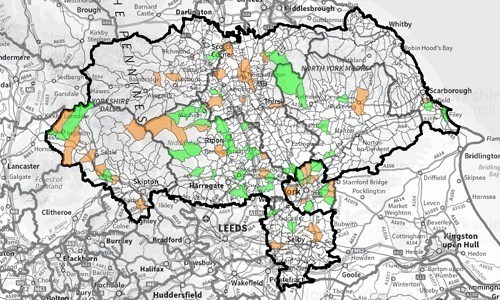
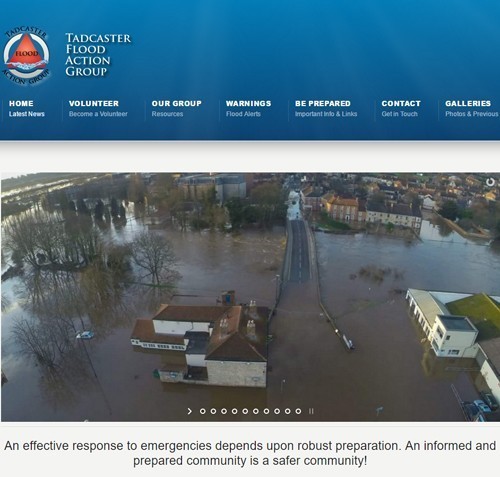
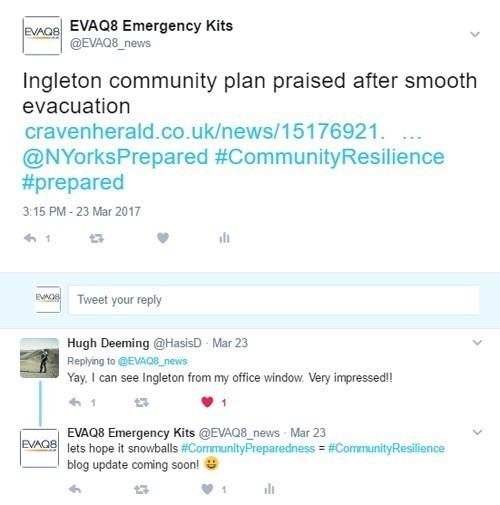






 For more on practical Emergency and Disaster Preparedness head over to our FREE resources at the
For more on practical Emergency and Disaster Preparedness head over to our FREE resources at the 
 You would say yes, wouldn’t you, intuitively?
You would say yes, wouldn’t you, intuitively?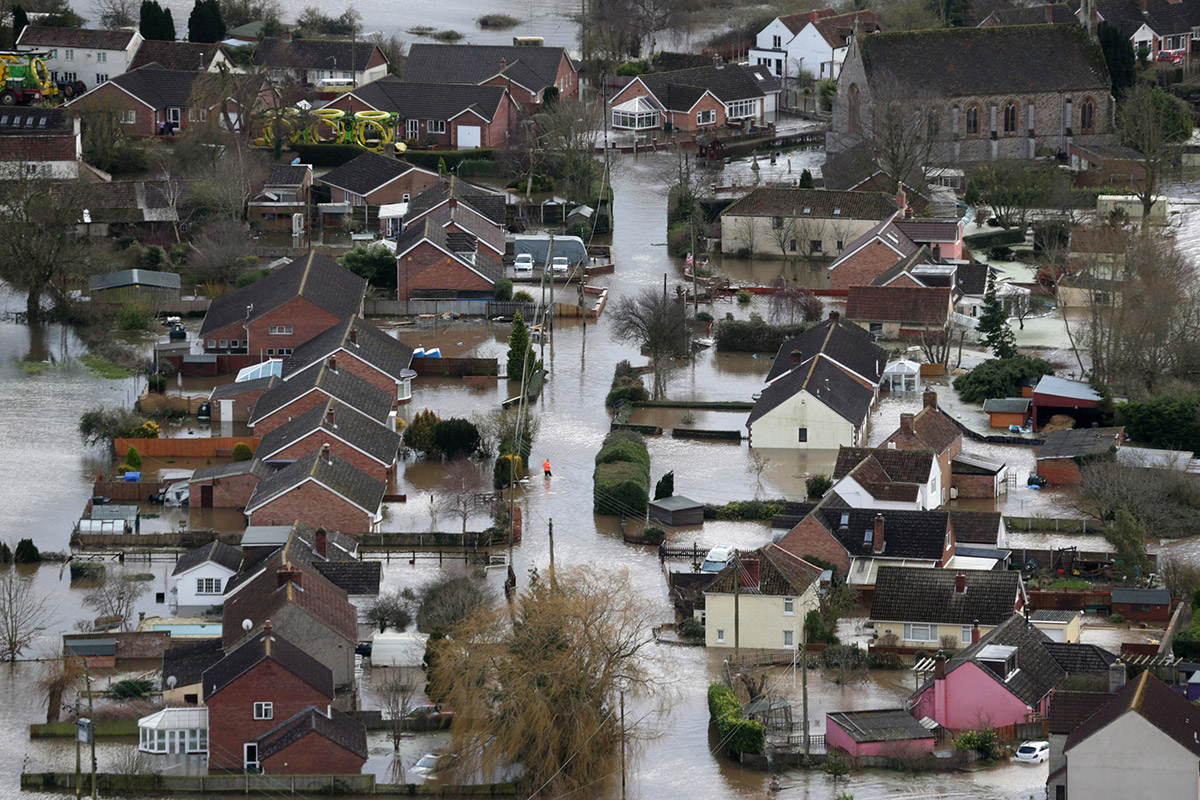
 Have a great week and good start to September – make it a Preparedness month for yourself, your loved ones and your wider communities. And if you want to delve a little deeper, watch this brilliant VIDEO by The Royal Society, an animation and briefing on unconscious bias adapted by Professor Uta Frith
Have a great week and good start to September – make it a Preparedness month for yourself, your loved ones and your wider communities. And if you want to delve a little deeper, watch this brilliant VIDEO by The Royal Society, an animation and briefing on unconscious bias adapted by Professor Uta Frith 
 The ‘why’ is easy: it’s the law. Since 2004 under the Civil Contingency’s Act, Category 1 responders have a duty to
The ‘why’ is easy: it’s the law. Since 2004 under the Civil Contingency’s Act, Category 1 responders have a duty to  What I particularly like is the focus on capability. It implies inherent and latent capacities. It also ties neatly to preparedness which is not just about needs and liabilities but also about assets. In my view this creates an empowering shift and starting point to mobilize engagement which, given the right momentum, may overcome even learnt helplessness and apathy. Thus
What I particularly like is the focus on capability. It implies inherent and latent capacities. It also ties neatly to preparedness which is not just about needs and liabilities but also about assets. In my view this creates an empowering shift and starting point to mobilize engagement which, given the right momentum, may overcome even learnt helplessness and apathy. Thus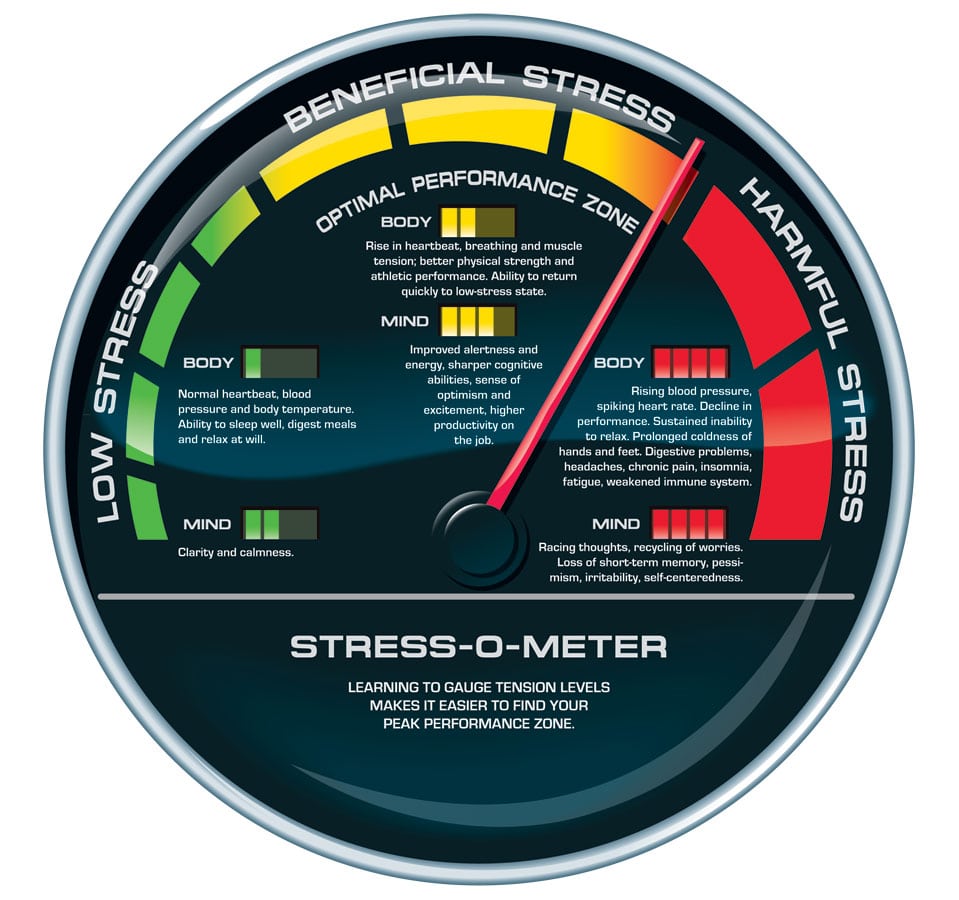

 t more complex than can be crammed into a single blog post. You must consider other important questions related to physical fitness such as: is it best for you to exercise alone or with others (or a bit of both), should you hire a trainer so that you can learn proper exercise technique and what about cross-training, combining exercises of multiple disciplines?
t more complex than can be crammed into a single blog post. You must consider other important questions related to physical fitness such as: is it best for you to exercise alone or with others (or a bit of both), should you hire a trainer so that you can learn proper exercise technique and what about cross-training, combining exercises of multiple disciplines? How about you? Where do you draw your role models from?
How about you? Where do you draw your role models from? Imagination and imitation are powerful forms of learning and shape human behaviour. Throughout our lives we learn by imitating the patterns of thought and behaviour of those around us. Often we are completely unaware that we are doing such observational learning. It is not taught. Rather we simply pick it up merely by being exposed to others and the need to belong and fit in.
Imagination and imitation are powerful forms of learning and shape human behaviour. Throughout our lives we learn by imitating the patterns of thought and behaviour of those around us. Often we are completely unaware that we are doing such observational learning. It is not taught. Rather we simply pick it up merely by being exposed to others and the need to belong and fit in. This week, she reports that the LA County Office of Emergency Management launches a campaign asking faith-based community organizations to host disaster-preparedness events. US Churches, synagogues and mosques may soon help residents to prepare for what they call ‘the big one’ – an earthquake, tsunami or other major incidents.
This week, she reports that the LA County Office of Emergency Management launches a campaign asking faith-based community organizations to host disaster-preparedness events. US Churches, synagogues and mosques may soon help residents to prepare for what they call ‘the big one’ – an earthquake, tsunami or other major incidents.

 It all got me thinking about the crucial and complex link of altruism and resilience and how this connects up to disaster preparedness – say, when – perhaps because of a major incident – we all may have to grapple with the consequences of transport and supply disruptions on a very different scale for real.
It all got me thinking about the crucial and complex link of altruism and resilience and how this connects up to disaster preparedness – say, when – perhaps because of a major incident – we all may have to grapple with the consequences of transport and supply disruptions on a very different scale for real. MIT researchers Schwartz and colleagues who made these findings also think that the links between social interest, better mental resilience and reduced stress are in turn related to augmented self-confidence, an increased ability to be able to reframe one’s own experience and perceive greater meaning in life. Yet more evidence comes from the influential Hawaiian longitudinal study I mentioned in my earlier
MIT researchers Schwartz and colleagues who made these findings also think that the links between social interest, better mental resilience and reduced stress are in turn related to augmented self-confidence, an increased ability to be able to reframe one’s own experience and perceive greater meaning in life. Yet more evidence comes from the influential Hawaiian longitudinal study I mentioned in my earlier 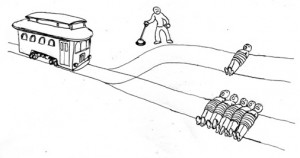
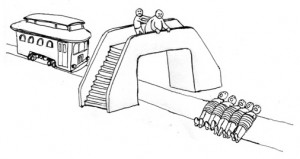
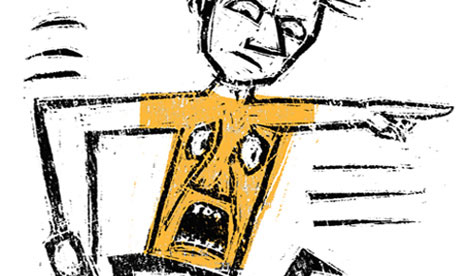

 Feeling fear is inevitable.
Feeling fear is inevitable.
 Go play, have fun – in the real world out there and away from virtual reality screens at least 90% of the time. Try completely new activities – and get good at them. Any new skill or trick you add to your toolbox will come in handy at some time in some way.
Go play, have fun – in the real world out there and away from virtual reality screens at least 90% of the time. Try completely new activities – and get good at them. Any new skill or trick you add to your toolbox will come in handy at some time in some way.


